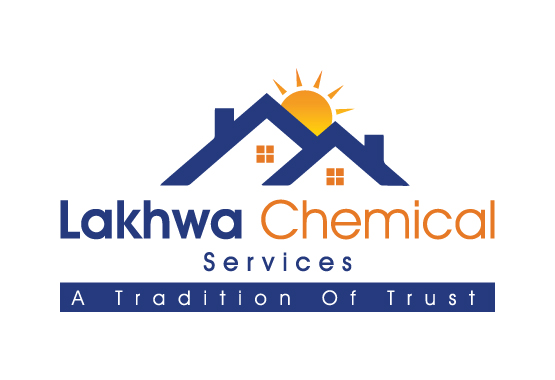What are the Properties of Waterproofing?
Overcast conditions, petrichor in the air, and water droplets falling from the sky is a scenic view for most individuals. They can enjoy their time on their rooftops or terraces with a cup of tea and refreshments. However, others have to make amends in such situations; falling or leaking roofs, cracked shingles, and granule filled gutters are some potential issues that need quick fixing.
The best method to overcome roof issues is the application of liquid or sheet waterproofing. Concrete, metal, and other surfaces are managed by cleaning, surface preparation, grout or cement application (for minor crevices or holes), and single or multiple coats.
Following are some characteristics of waterproofing chemicals (liquid and sheet):
Shielding Against Water: Impermeability
Impermeability is the tendency of a material to resist liquid entrainment: Membranes, coatings, and sealants are applied to overcome the issue. Besides water, impermeability restricts corrosion, mold development, and structural damage.
Adapting to Structural Movements via Flexibility
Waterproofing materials are adaptable and versatile; they can sustain structural movements brought on by earthquakes or temperature changes. Flexible membranes, such as elastomeric coatings and modified bitumen sheets expand and compress without losing their waterproofing capabilities. Moreover, these coverings render long-term performance by preventing fractures or separation from the substrate.
Withstanding Environmental Factors: Durability
Waterproofing materials can endure abrasive environmental conditions. The effectiveness of waterproofing systems can be harmed over time by UV radiation, severe temperatures, chemicals, and physical wear. Liquid-applied membranes and polyurethane-based coatings are high-quality materials that provide durability and long-lasting protection against water damage.
Offering Good Breathability: Enabling Moisture Vapour Escape
Waterproofing coats or membranes are breathable. In other words, these coverings allow vapors to exit the structure but restrict incoming water, such as rain or snow. Micro-porous waterproofing membranes balance water resistance and breathability by enabling the regulated passage of moisture.
Read More
Environmental Conditions to Consider While Installing a Waterproofing Membrane
Is Bitumen Good for Waterproofing?
A Quick Guide for Roof Leakage & Treatment in Pakistan
Chemical Resistance: Protecting against Chemical Attack
Chemical-resistant waterproofing coatings are required in industrial buildings and chemical storage areas. These materials are designed to counter the threat of acids, alkalis, solvents, and other corrosive elements. It offers an extra layer of defense against leaks or spills.
Fire-Resistant
Waterproofing cum fire-resistant materials are required in specific applications, such as building exteriors or fire-rated constructions. Fire-resistant coatings and membranes give an extra layer of defense, reducing the spread of flames and enhancing fire safety.
Adhesion: Establishing a Stable Bond
Strong adhesion between the waterproofing compound and the substrate is necessary for effective waterproofing. Proper surface preparation and use of adhesives or primers is essential to create a robust connection. This reinforcement is essential for below-grade waterproofing, where the system must withstand hydrostatic pressure from groundwater.
Elasticity
Elasticity is necessary for waterproofing systems as structural movements can develop loose concrete and cause damage. Elastic materials may stretch and compress, maintaining a watertight seal even in dynamic circumstances. Examples of materials include silicone-based sealants and elastomeric membranes. In locations subject to movement or vibration, this feature aids in preventing leaks and water entrainment.
Read More
How to Prevent the Roof from Sun Heat in Pakistan?
How Popular is Roof Cool Services in Pakistan?
How to Control Heat Using Sun Reflective Chemicals?
Aesthetics
Aesthetics play a significant role in waterproofing surfaces and areas, such as balconies, roofs, or restrooms. Customizable color choices or transparent membranes enable innovative design alternatives while guaranteeing efficient water protection.
What is the Difference between Waterproof and Water-Repellant?
Waterproof: A term used for materials completely resistant to water; these objects will stay functional, even when dipped in the liquid.
Water-Resistant: This term is used for materials that repel water from their exterior surfaces. In other words, they repel water to a certain extent. For example, water-resistant jackets.
Conclusion
Waterproofing includes a variety of protections that shield buildings and goods from water damage. The efficiency of waterproofing systems is dependent on their impermeability, flexibility, durability, breathability, chemical resistance, and adhesion properties. These characteristics provide a strong defense against various elements, such as rain, snow, and hail. If you want your premises to stand strong against a reinforcement for rain and other natural elements, contact Lakhwa Chemical Services.




Leave a Reply
Want to join the discussion?Feel free to contribute!